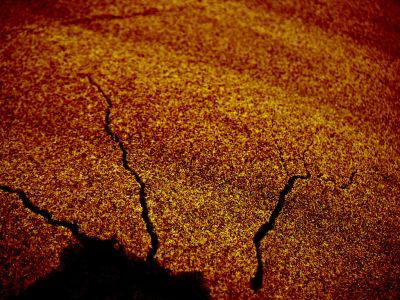REVIEW: Movement at Plate Boundaries
Completion requirements
Movement at Plate Boundaries

Photo courtesy of lanuiop/Flickr. Licensed CC BY.
Movements at the plate boundaries can cause earthquakes. Earthquakes are typically the result of stress and strain over time. Magma moving within volcanoes and hot spot activity can also cause earthquakes.
There are three kinds of seismic waves:
- Primary (p-waves): compress and stretch rock.
- Secondary (s-waves): move rock up and down.
- Rayleigh (Surface): rolls the rock in a circular motion, like ripples in a pond.
Utah has a history of earthquakes because there are several faults located along the Wasatch Front. The last major earthquake in Utah was in 1910.
The following video reviews the characteristics of p-waves, s-waves, and surface waves.
Source: http://www.youtube.com/watch?v=7NqmHtIjCJ0&NR=1
After you have completed this part of the lesson, you can check the associated box on the main course page to mark it as complete
Last modified: Saturday, 21 October 2017, 10:45 PM